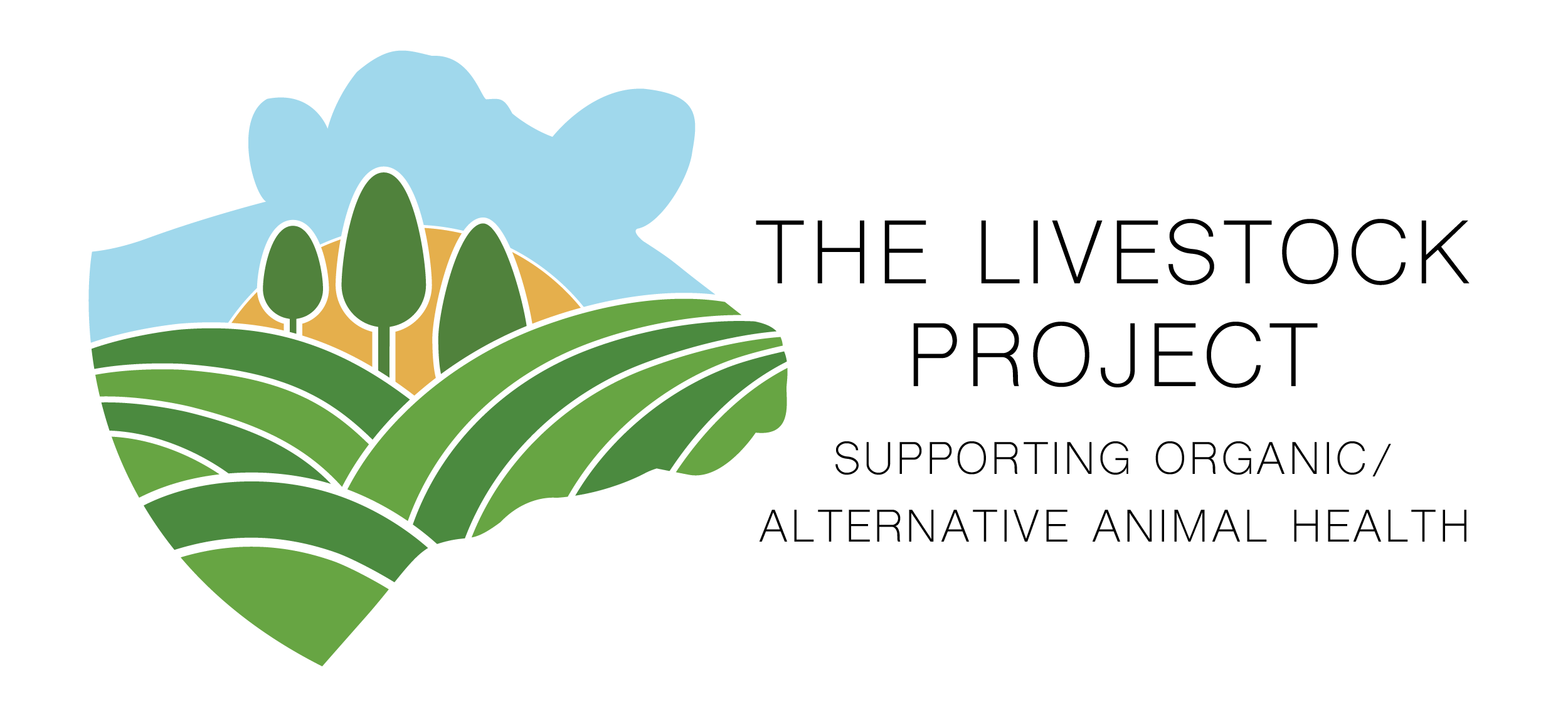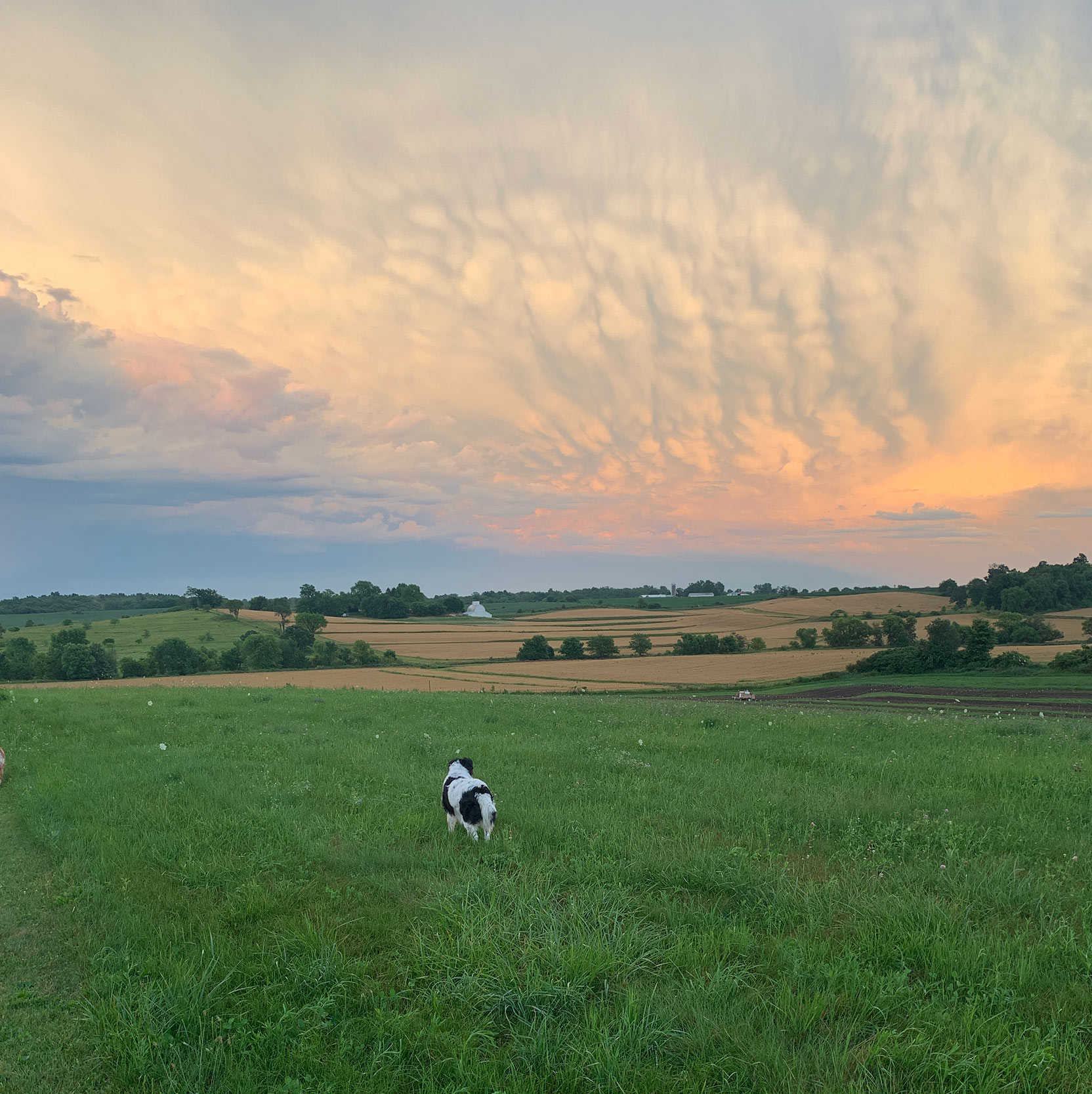
Learning objectives
- Describe proactive measures that can improve animal health on organic and alternative (O/A) operations regarding:
- genetics
- nutrition
- cultural practices
- vaccination
- stress-sources, reduction, and management
- exercise and environmental enrichment
- vaccination
- minimizing exposure to parasites
- minimizing disease exposure
- Describe the unique situation of farmers/ranchers regarding reportable and foreign animal diseases
- Describe the unique situation of O/A farmers/ranchers concerning cleaning and disinfection
Introduction
“Intellectuals solve problems, geniuses prevent them”
Albert Einstein
Antibiotics are prohibited for use in USDA-certified organic livestock and poultry. Alternative farms and ranches encompass various types of operations, some of which use antibiotics and anti-parasiticides and others that do not. Without antibiotics or conventional anti-parasiticides, disease prevention is a top priority for organic and alternative (O/A) farmers. While concepts such as disease prevention, or biosecurity are important for any farm, they are imperative on O/A farms. The lack of ability to use various conventional treatments potentially increases the risk of disease spread if disease enters a herd through a sick animal or on a fomite, like the shoes of a visitor, and can have devastating consequences.
At the same time, O/A farms’ unique circumstances can decrease their herds’ infectious disease risks. The unique circumstances which may decrease infectious disease risk include the increased likelihood of O/A farms being smaller, keeping a closed herd, and having less human traffic of professionals with regular animal/farm contact, such as veterinarians, nutritionists, feed delivery, etc. (Pieper et al., 2014). In addition, farms that practice management-intensive grazing by allowing livestock to be outside, moving, exercising and directly on land increase the immune system’s ability to fight infectious diseases.
Regardless of the direction of the risk, due to the treatment option restrictions that come with farming in an organic or alternative way, greater emphasis must be placed on disease prevention (Sorge et al., 2016; Sorge et al., 2019). As a result, organic regulations heavily emphasize the importance of sanitation practices for disease prevention (Coffey & Baier, 2012).
In deciding what disease prevention actions to consider, livestock farmers and ranchers need to consider the risks inherent in managing their particular animals and make a plan for the risks they consider actionable. When the benefits outweigh the costs, this strategy makes sense to producers. Brainstorming and helping farmers and ranchers think through the likelihood of disease risk and its impact if the worst happens can be a valuable exercise. This is an important role veterinarians can play on O/A farms. Work with your client’s goals to determine if the focus might best be targeted toward those diseases that are common OR potentially devastating, such as foreign animal diseases (FADs). Thoughtful management at key points in the movement of animals and people can greatly reduce losses. It can also prevent farmers from becoming a risk to others. These discussions, held at least annually, are important to help farmers keep their animals healthy in a changing world.

Disease prevention is a benefit of keeping an animal’s immune system strong and is usually more cost-effective than treating disease. With this in mind, this chapter will emphasize practices that focus on animal health, including genetics, nutrition, and lowered stress. We will also discuss the use of vaccination and parasite prevention tools currently available for disease prevention on O/A farms and ranches (with some restrictions), the unique considerations of foreign animal disease (FADs), C&D, and emergency/disaster planning.
One of the best strategies farmers and ranchers can have is adaptability. Because each region, farm, and year are different, there aren’t protocols, practices, or strict rules that apply in all situations. This gives farmers, ranchers, and vets a lot of strife as they hope to reach for a set of best practices they can find and follow. Basic principles can act as a guide, but what is needed is for both vets and farmers to stay in touch with changing situations and adapt their efforts to balance with what they are experiencing locally. Tools are available to help reduce the risks of disease introduction and spread on organic and alternative farms. Close watch over animals, their health, and productivity can help determine what tools might be needed.
As you may know, small farmers don’t always appreciate being lumped in with large conventional farmers and the designation “producer” is not always appreciated. We also hear quite often that the word “biosecurity” does not resonate with small farmers and or O/A farmers and ranchers in general. That is the reason we talk about “disease prevention actions” or “activities” as opposed to biosecurity/biosafety principles. We also use the term farmer or rancher more often than “producer”.
Organic and/or Alternative

